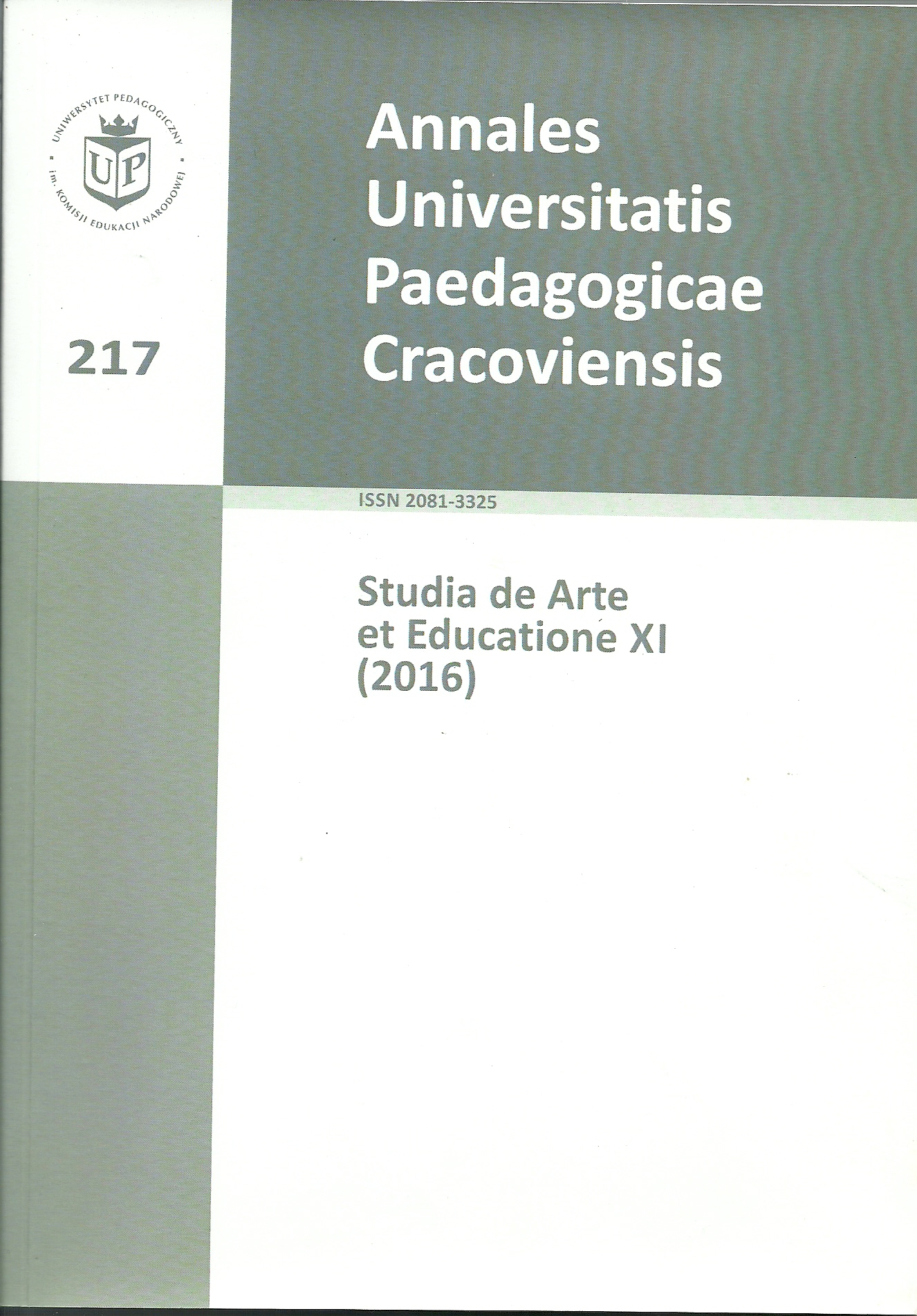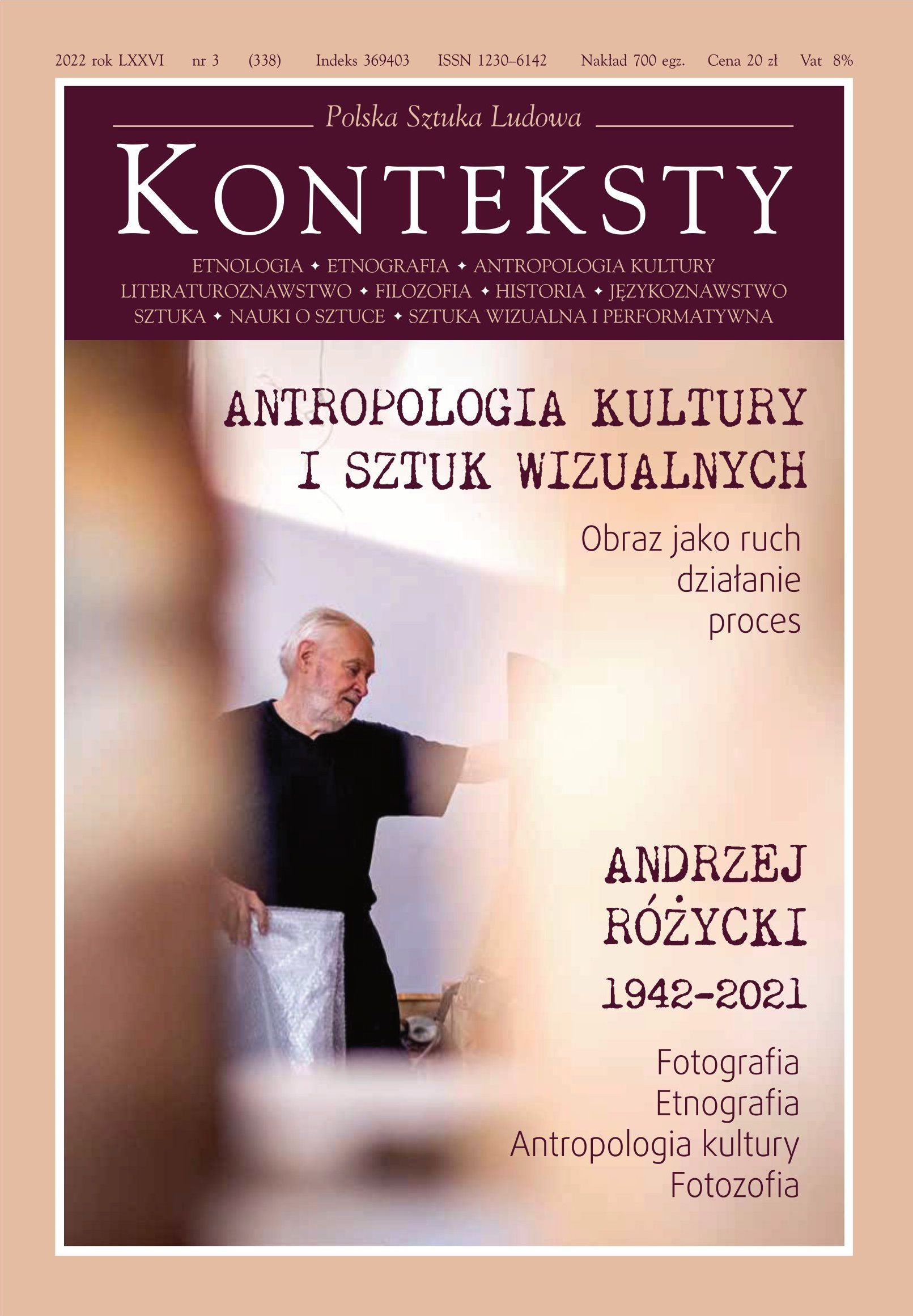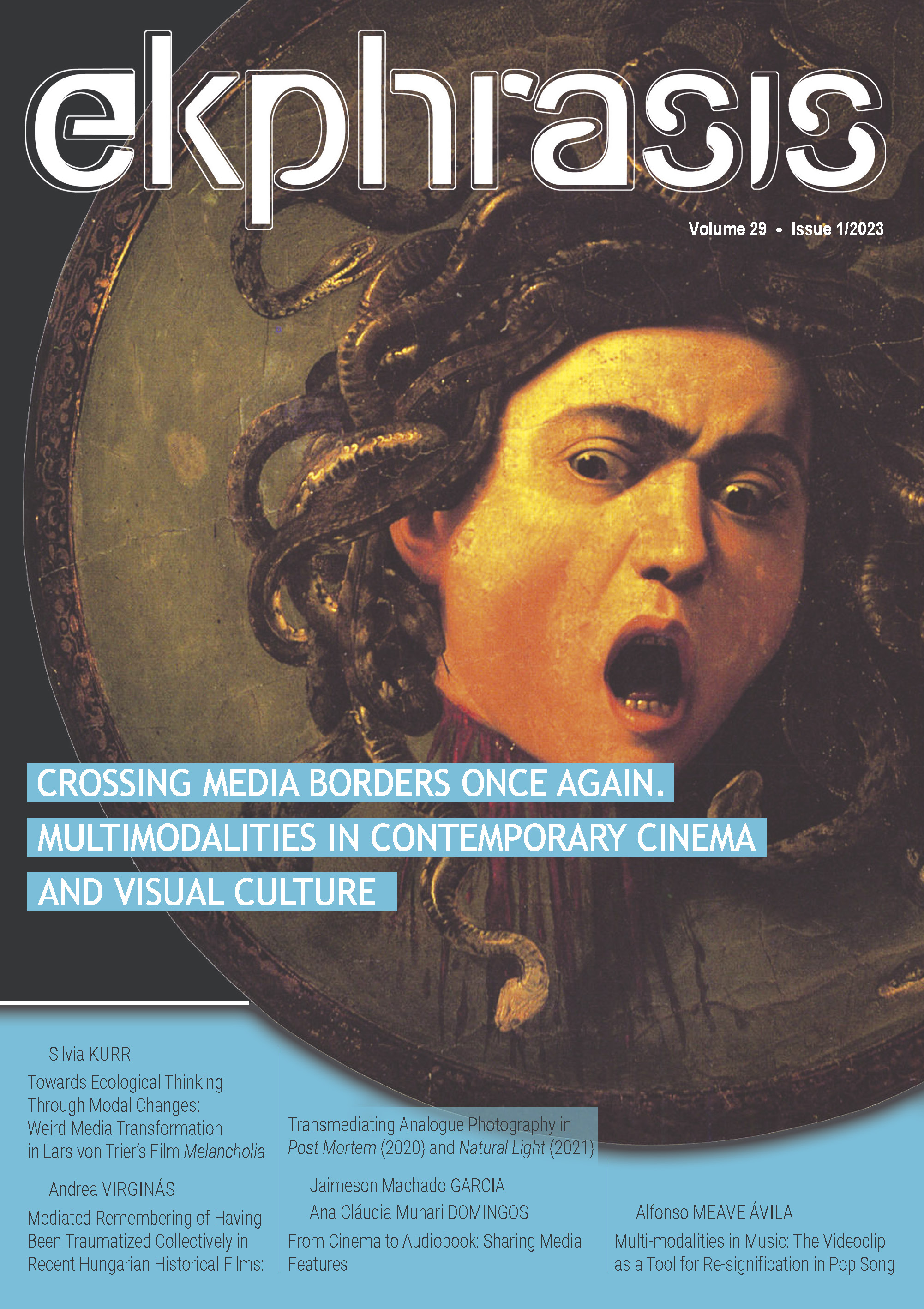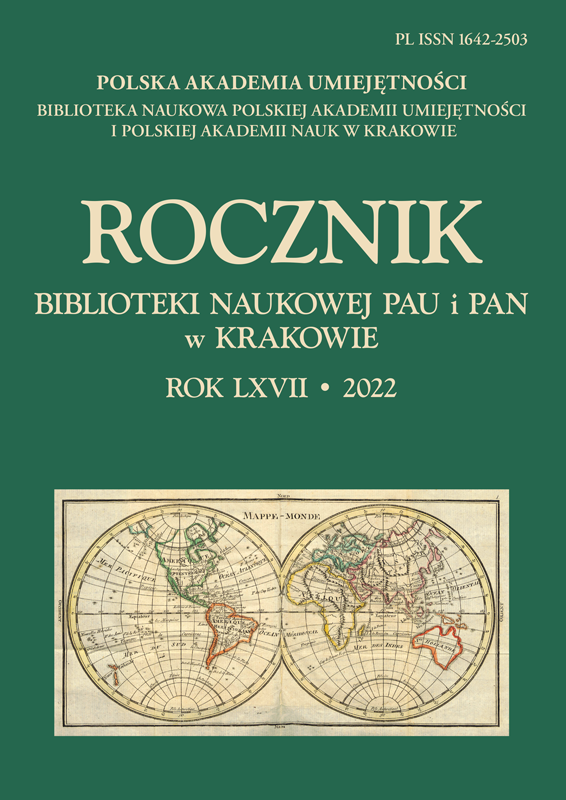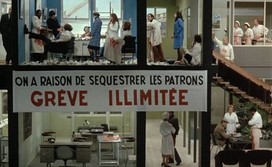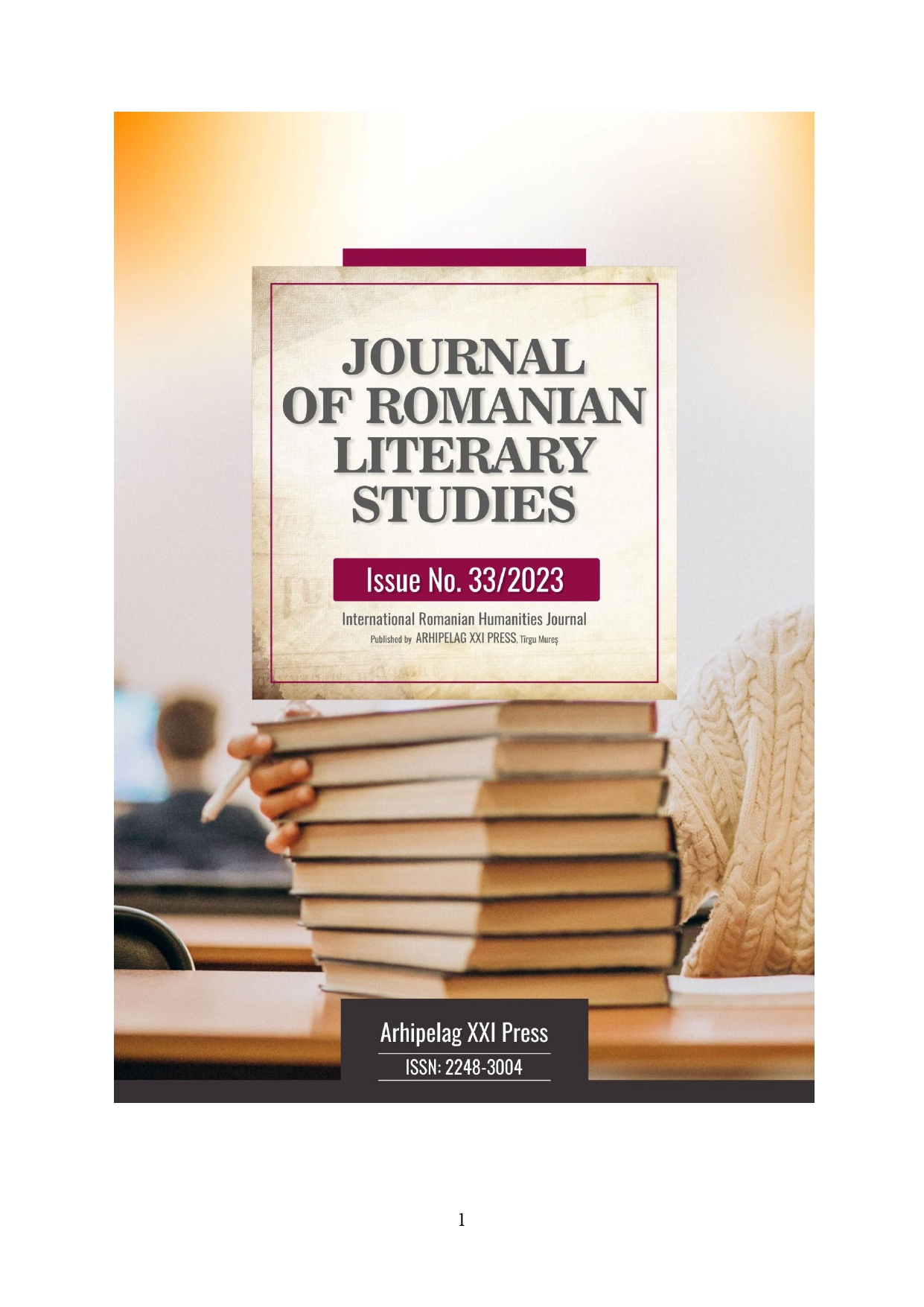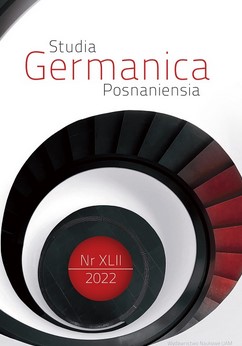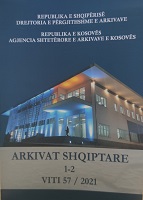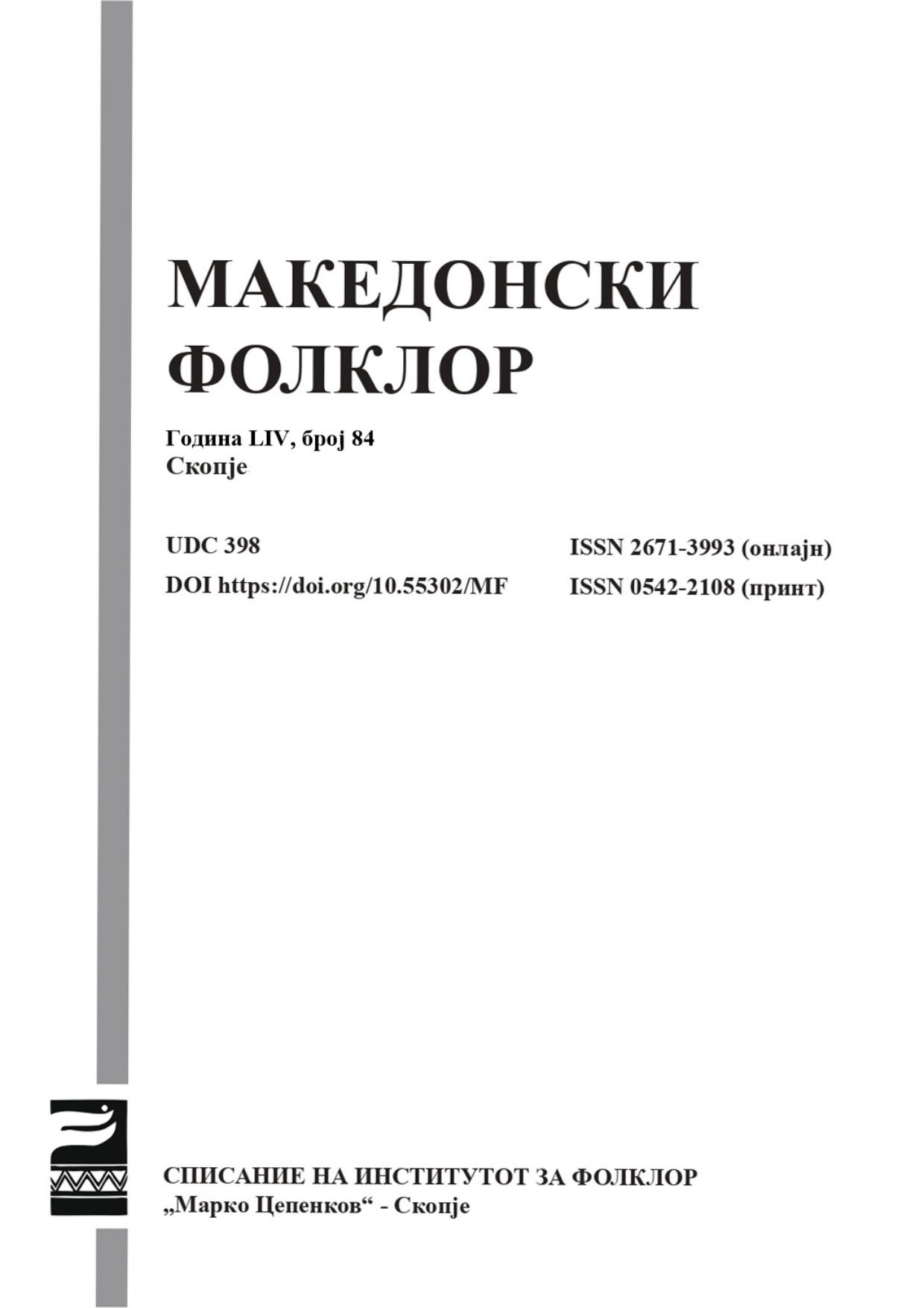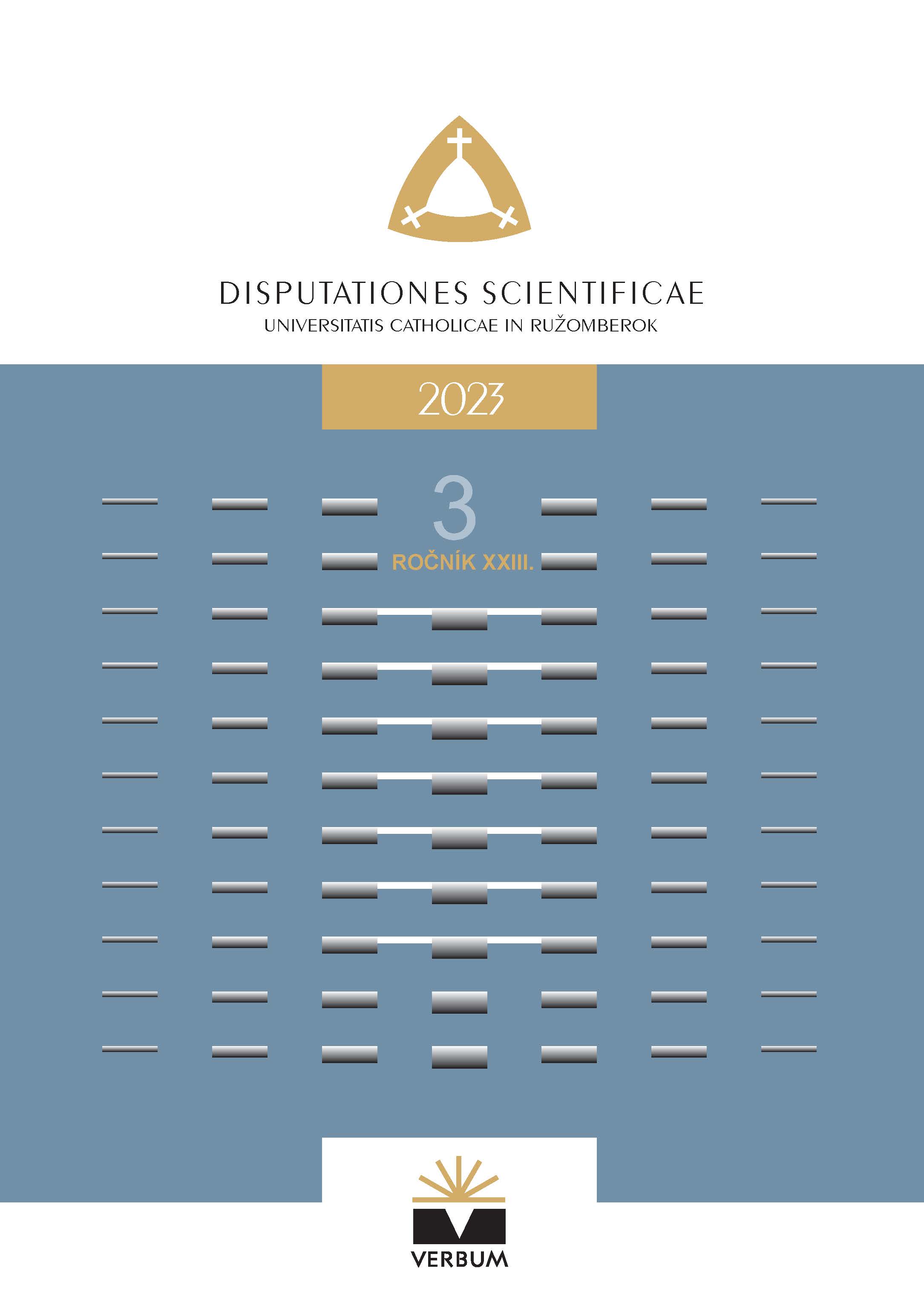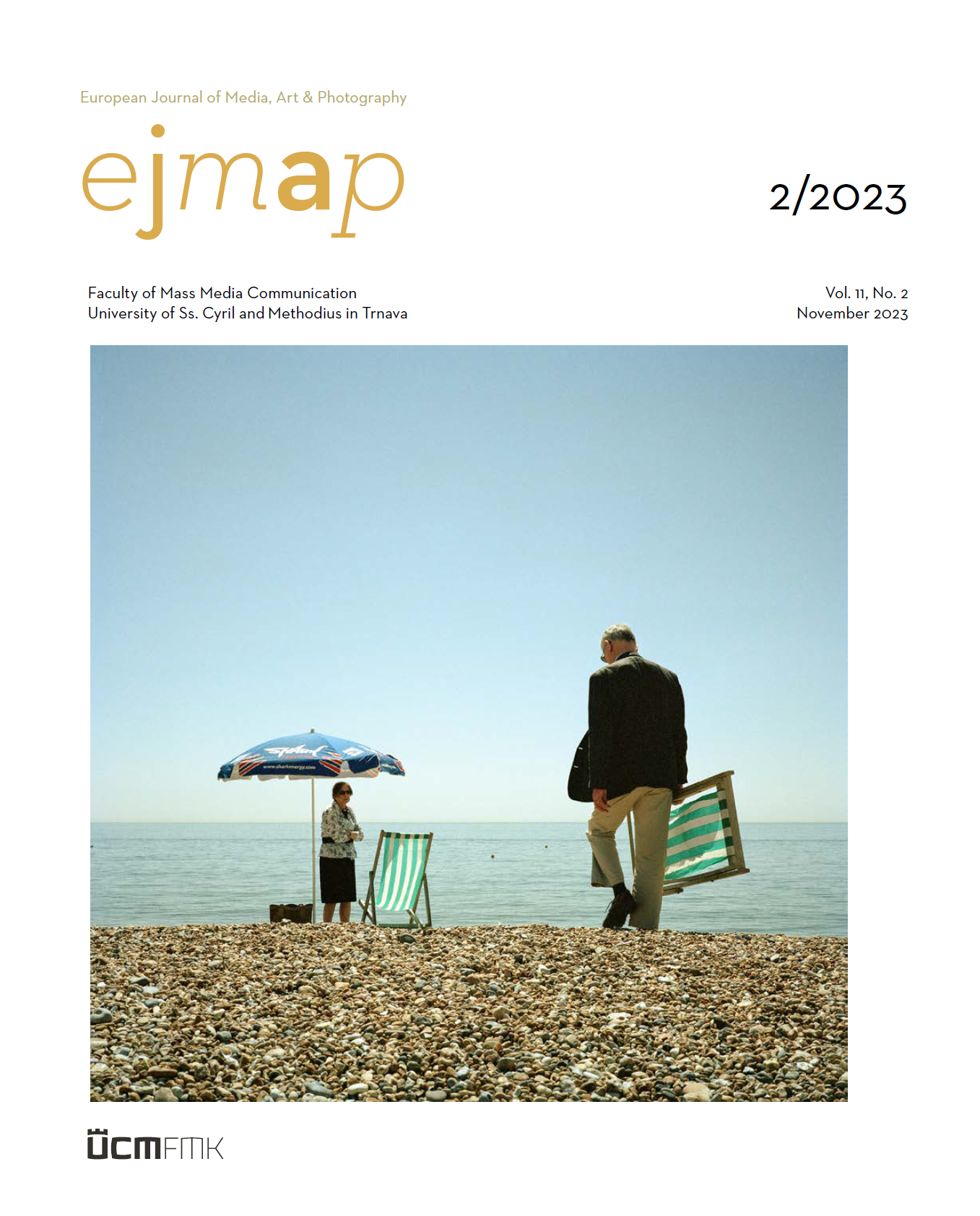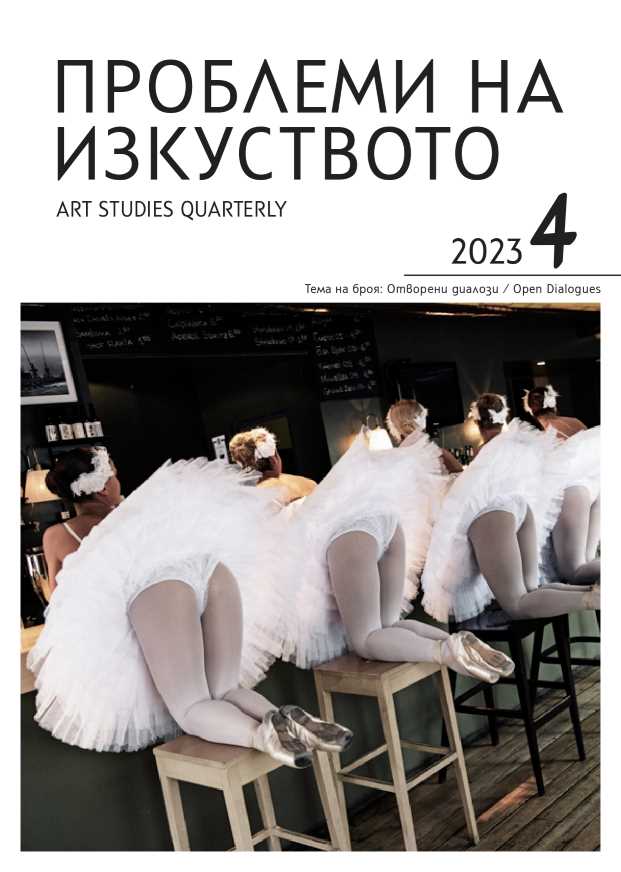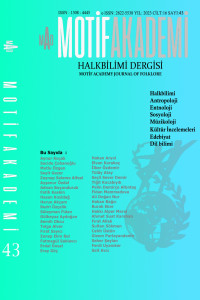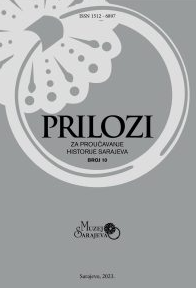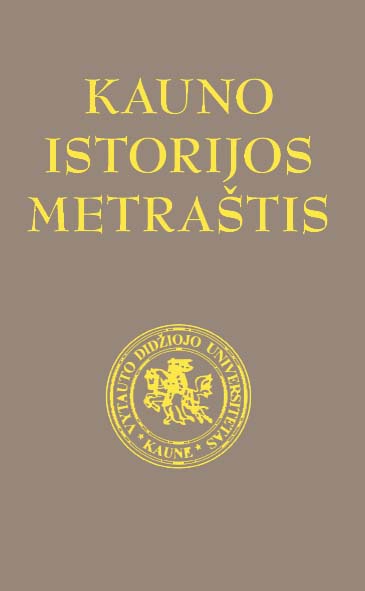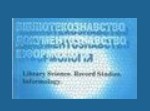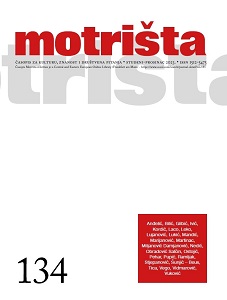Author(s): Emilija Apostolova Čalovska / Language(s): Macedonian
Issue: 84/2023
Towards the end of the 19th century, which marked the disintegration of the Ottoman Empire, its Balkan provinces attracted the attention of scientists worldwide. Numerous foreign explorers traveled throughout the territory of the former Byzantine Empire, mapping and recording its cultural heritage. Among others, of particular importance is the great scientific expedition led by Nikodim Pavlovich Kondakov (1844–1925), which in 1900 visited the historical territory of Macedonia. Of exceptional importance for Macedonian historiography, ethnography, archaeology, anthropology, as well as for the research and protection of cultural heritage in the 169 Македонски фолклор бр. 84, стр. 153–175 country, is that the entire photographic collection from this expedition is kept today in the Archive of the “Marko Cepenkov” Institute of Folklore in Skopje. In the indicated collection, the photographs of the sacral and profane architecture from that period, as well as those with ethnographic-anthropological content, are of particular importance. Until today, this valuable collection has not been published or researched, remaining unknown to the Macedonian and wider public. After a thorough analysis of the photographic collection, it was determined that its basic classification can be made according to the following categories: A. Classification according to the location of the photo: region / city / village; B. Classification according to the subject of the photograph. The documentation consists of a total of 750 photos divided into 2 collections: 1. Macedonia (1900) – 8 registers and Athos (1898) – 1 register, with a total of 518 photographs; 2. Serbia (1902), with a total of 232 photographs. Regarding the subject of photography, the following general division of the photographic collection can be made: - Sacral architecture, art and religious objects, archaeological remains of monumental sacral architecture. Total: 308 photos; - Archaeological remains, spoliae, fragments and details of stone reliefs. Total: 44 photos. - Profane architecture: vernacular construction, city architecture; monastery lodgings and associated buildings. Total: 44 photos; - Ethnological-anthropological motifs: group and individual portraits, scenes from city and village crafts; household goods; various utilitarian objects, etc. Total: 72 photos; - Landscapes and panoramas. Total: 50 photos. The quantity of processed photo-documentation as well as the value of the photos themselves as a rare and precious historical testimony logically impose the necessity of publishing and popularizing this photo-archive. In that direction, the “Marko Cepenkov” Institute of Folklore has initiated a project for its digitization, followed by a promotion in the form of an exhibition of a selection of photos. Of course, a monographic and digital publication is planned for the next period, with the aim of bringing the precious photographic collection closer to the scientific and wider public, both in Macedonia as well as worldwide.
More...

